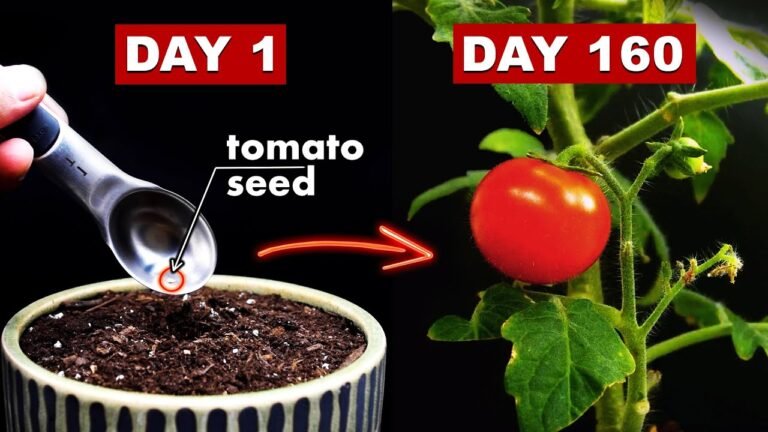Raspberry Hills: A Hidden Gem for Nature Lovers and Food Enthusiasts
Nestled in a lush, rolling landscape, the area known as Raspberry Hills is slowly gaining attention—both as a scenic destination and a rich hub for sustainable agriculture and agritourism. While not yet a household name, this region combines the charm of pastoral countryside with excellent opportunities for berry‑focused experiences.
Why “Raspberry” Hills?
- Natural abundance: The region’s soil and microclimate are ideal for raspberries. Mild, moist winters and sunny summers create optimal conditions.
- Agricultural heritage: Farmers have tended berry patches here for decades, a tradition reflected in the name.
- Market growth: A recent surge in berry demand—especially for exotic and high‑antioxidant varieties—has put Raspberry Hills on the radar.
What You’ll Find in Raspberry Hills
1. Berry Farms and Foraging Fields
Scattered across gentle slopes, several organic raspberry farms offer:
- Pick‑your‑own experiences – Guests can harvest fresh berries during the late June to early August peak season.
- Varietal diversity – From classic red raspberries to golden and black cultivars, local growers pride themselves on quality.
- Farm tours – Guided visits often include tasting sessions, insights into cultivation, and sustainable practices.
2. Local Markets and Artisanal Products
Beyond fresh fruit:
- Homemade jams, chutneys, and syrups crafted by small producers.
- Raspberry‑infused baked goods—pies, tarts, muffins—that showcase the fruit’s flavor.
- Gourmet gifts: Raspberry‑fumed salts, vinaigrettes, and even skincare items with raspberry seed oil.
3. Walking Trails and Scenic Outlooks
Raspberry Hills isn’t just about berries:
- Meandering trails highlight hillside views, patches of wild flora, and secluded picnic spots.
- Benches and overlooks are placed strategically, inviting visitors to pause, absorb the ambiance, and spot wildlife.
4. Seasonal Events and Workshops
Throughout the summer, you can enjoy:
- Berry festivals featuring live music, cooking demos, and berry‑themed contests.
- Craft evenings, where you can learn to make jams, wreaths, or even berry‑scented candles.
Harvest Calendar at a Glance
| Season | Activity | Highlights |
| May – June | Blooming season | Stunning white blossoms blanket the hills |
| Late June – July | Red, golden, and black raspberry picking | Peak flavor, visitors can pick their own berries |
| August – September | Processing & value‑added goods | Jams and preserves are made for autumn markets |
| October – November | Festival season | Berry celebrations, farm tours, and seasonal crafts |
Tips for Visitors
- Timing is key: To maximize flavor and availability, plan your visit during peak picking season (June–July).
- Dress for the outdoors: Comfortable shoes, sun protection, and a light jacket can enhance the experience.
- Bring containers: Though many farms supply baskets, having your own can speed things up and reduce waste.
- Book ahead: Farms can fill up fast during festivals, so reserve spots early for tours or group visits.
Why Raspberry Hills Stands Out
- Sustainable approach: Many farms use organic and low‑impact methods. Crop rotation, cover cropping, and minimal pesticide use are standard.
- Community focus: Joint ventures between growers and artisans foster a tight‑knit local economy and rich visitor experiences.
- Authentic taste: When berries are picked at peak ripeness, their flavor is unparalleled—especially compared to supermarket fruit that travels weeks.
Personal Reflections
Having visited Raspberry Hills multiple times, I’ve found it to be more than a berry haven. It’s a place that invites slow living, where each walk is a chance to connect—with the land, with hands‑on food creation, and with others who care about sustainability. There’s a genuine joy in tasting a sun-warmed raspberry straight off the bush, and in watching the delicate white blossoms bloom before you know they’ll turn into vivid fruit.
One highlight: a “behind‑the‑scenes” workshop I attended, where a local jam‑maker explained how to balance sweetness and acidity using nothing but fresh berries, organic cane sugar, and pectin. It was empowering to realize you can replicate that at home—no preservatives needed.
Planning Your Visit
Here’s a quick checklist to ensure a smooth, enjoyable trip to Raspberry Hills:
- Check the harvest calendar — aim for late June or early July.
- Look for certified organic farms — many offer transparency about their practices.
- Pair berry‑travel with scenery — plan a picnic at a hilltop overlook after picking.
- Explore value‑added experiences — farm‑to‑table dinners or pickling classes deepen your appreciation.
- Support local artisans — purchase handcrafted jam, baked goods, or berry‑themed crafts as souvenirs.
Local Recommendations (Sample Itinerary)
- Morning
- Arrive early and pick berries at a small family‑run farm.
- Enjoy a fresh berry smoothie at the farm’s stand.
- Arrive early and pick berries at a small family‑run farm.
- Midday
- Stroll along a hillside trail; bring a picnic.
- Sip raspberry‑infused lemonade at a shaded overlook.
- Stroll along a hillside trail; bring a picnic.
- Afternoon
- Visit a workshop to sample jam‑making or candle craft.
- Shop at a local market for preserves and weavings.
- Visit a workshop to sample jam‑making or candle craft.
- Evening
- Attend a seasonal festival (if scheduled).
- Dine at a nearby café specializing in raspberry‑themed dishes—think raspberry‑balsamic pork or raspberry‑goat‑cheese salad.
- Attend a seasonal festival (if scheduled).
Pros and Cons at a Glance
- Pros
- High-quality, fresh produce
- Scenic, off‑the‑beaten‑path ambiance
- Diverse activities: picking, workshops, festivals
- High-quality, fresh produce
- Cons
- Seasonal—closed or limited in winter
- Can get crowded during peak weekends
- Limited public transport; a car is best
- Seasonal—closed or limited in winter
Sustainability & Local Economy
Raspberry Hills is more than just a tourist spot. It embodies a growing movement of sustainable agriculture: small‑scale farmers collaborating, welcoming visitors, and reinvesting in their land. Locals I spoke with emphasized three core values:
- Community empowerment — everyone benefits, from farmers to artisans.
- Eco‑stewardship — using renewable energy, composting, and water conservation.
- Education — sharing knowledge ensures the next generation of growers will protect this place.
In Summary
Raspberry Hills offers a blend of natural beauty, fresh produce, and community spirit that few destinations can match. Whether you’re an avid gardener, a foodie, or simply someone who appreciates peaceful landscapes and hands‑on experiences, this hillside region should be on your radar. The joy of walking through fields, picking ripe berries under the sun, and learning farm secrets is both relaxing and enriching.
Visiting Overview Table
| Feature | Description |
| Best time to visit | Late June – early July (peak raspberry season) |
| Key attractions | U‑pick farms, scenic trails, festivals, workshops, local markets |
| Recommended stay | Half‑day to full day, longer if joining workshops or festivals |
| Transportation | Best reached by car; rideshares or shuttle services may be seasonally available |
| Audience | Families, couples, solo travelers, food enthusiasts |
Disclaimer
This article is for informational purposes only. Activities, availability, and farm operations may vary by season and weather. Be sure to verify dates, events, and booking options directly with venues before planning your visit.






